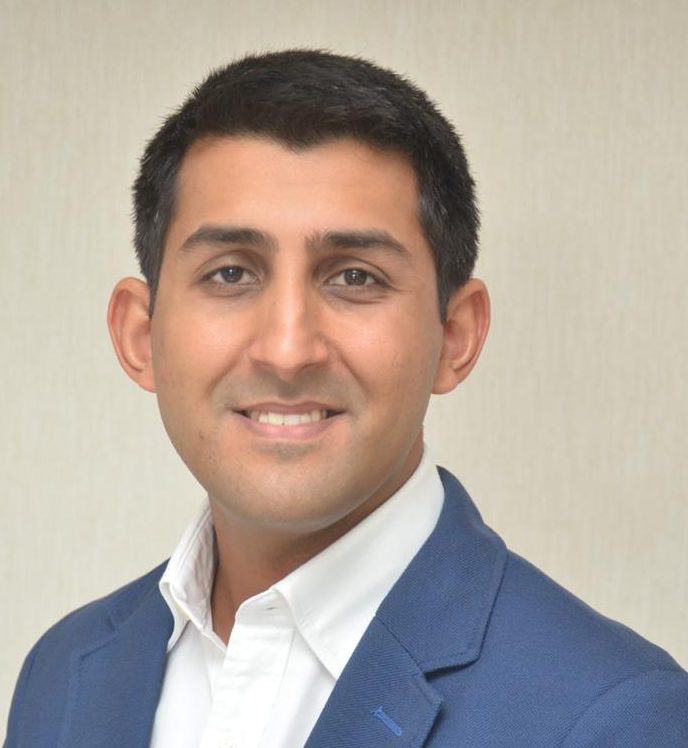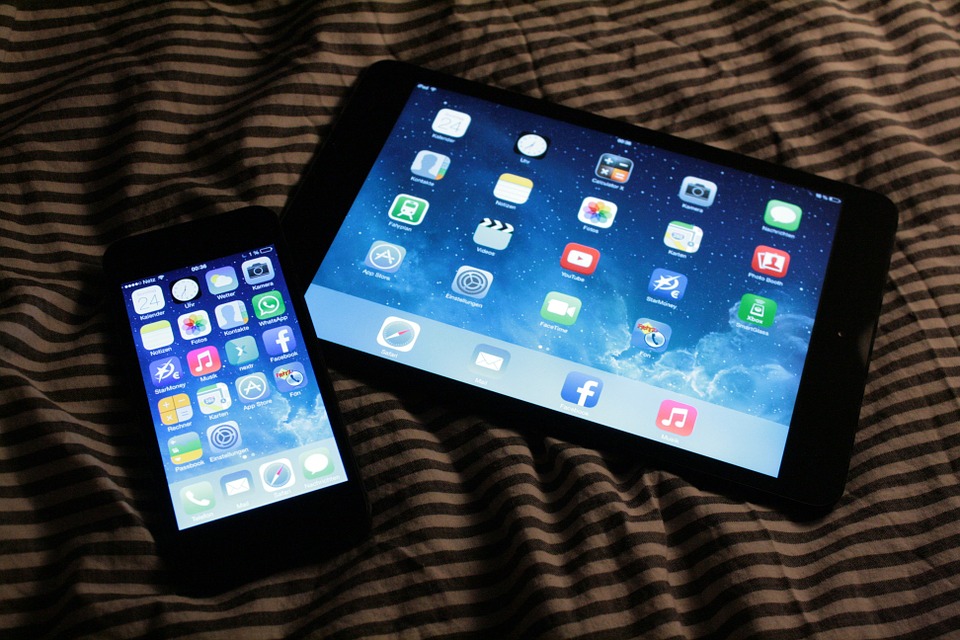Imagine this: You’ve just turned forty and your loving wife has gifted you an executive health check up—so that you can be fit enough for another forty years.
You’ve undergone a battery of tests with needles and probes in almost every orifice of your body—places you didn’t even know existed.
Now you’re anxiously sitting in the doctor’s clinic and after a lot of “umms” and “tsks” whilst flicking through your reports, the doctor writes out a prescription: “Turn your phone off 30 minutes before you sleep”.
You ask, “What is this supposed to mean?” Expecting instead the usual mix of pills and potions.
“It’s a microstep,” she says. “Do it for six weeks and come back and see me”.
“Trust me,” she says, “I am a doctor”.
Well, “I” too, am a doctor and this is my vision for how your visit to a doctor should look like if we really focussed on healthcare and not sickcare—as we currently do.
As a doctor, who now works in the world of media and technology, my impression is that storytelling allows us to digest information easily because it simplifies facts and conveys a simple message; layered with characters, drama and suspense.
With stooping backs and lowered heads, most of us spend anywhere between three to four hours per day on our phone, engaged in consuming content. And so an interesting problem for us to solve for at Thrive Global India is how can we use this deep-rooted desire for consuming content digitally to create change for the good?
Helping people become the best version of themselves. Something we like to call, the Microstep.
Originally rooted in behaviour change theory; Professor Fogg, from the Design Lab at Stanford, postulates that three elements converge at the same moment for a behaviour to occur: Motivation, Ability, and Trigger.
Important life decisions, like whether to eat chips or a fruit for lunch, are complex, neurophysiological processes. Our behaviour determines our decisions and while initially considered rigid, it is now proven that behaviours can be changed, leopards can change their spots.
With ability dictated by the physical world and motivation fuelled by inspirational stories, the final component of this model, where we focus our attention, is how we can devise ways to link the consumption of content to triggers—for people to attach to habits they want to create—hence the ‘microstep’.
Small, science-backed changes which move people from knowing what to do to actually doing it.
Since we are leading increasingly digital lives, with the FAANGs, Alexa and Siri dominating our environment, the question we should all be asking ourselves is how can we use the convenience technology brings us to curate change?
So let’s get back to our 40-year-old hero, you remember, the anxiously violated man with a loving wife. His doctor prescribed a microstep to switch off his phone 30 minutes before bedtime.
This might have sounded absurd but what the clever doctor was aiming to do was reduce his risk of long-term cardiovascular disease.
Switching off the phone will reduce his exposure to the blue light on his screen, allowing melatonin—the ‘sleepy hormone’ to be secreted normally and thus lead to a good night’s sleep.
Overtime, better and longer sleep will reduce his daytime cortisol and delay the onset of metabolic diseases, like diabetes and hypertension. Isn’t that better than a prescription of Enalapril or Simvastatin? This to me is the future of healthcare and the secret to a good life, not last-minute interventions or sickcare, and not leaps or bounds, but quite simply, microsteps.
Want to share your story of how you thrive? Write to us at [email protected]
More on Thrive Global India:
Well-Being is Your Journey, Done Your Way
Sharing And Caring: On Our Wish List of Conversations at Davos


